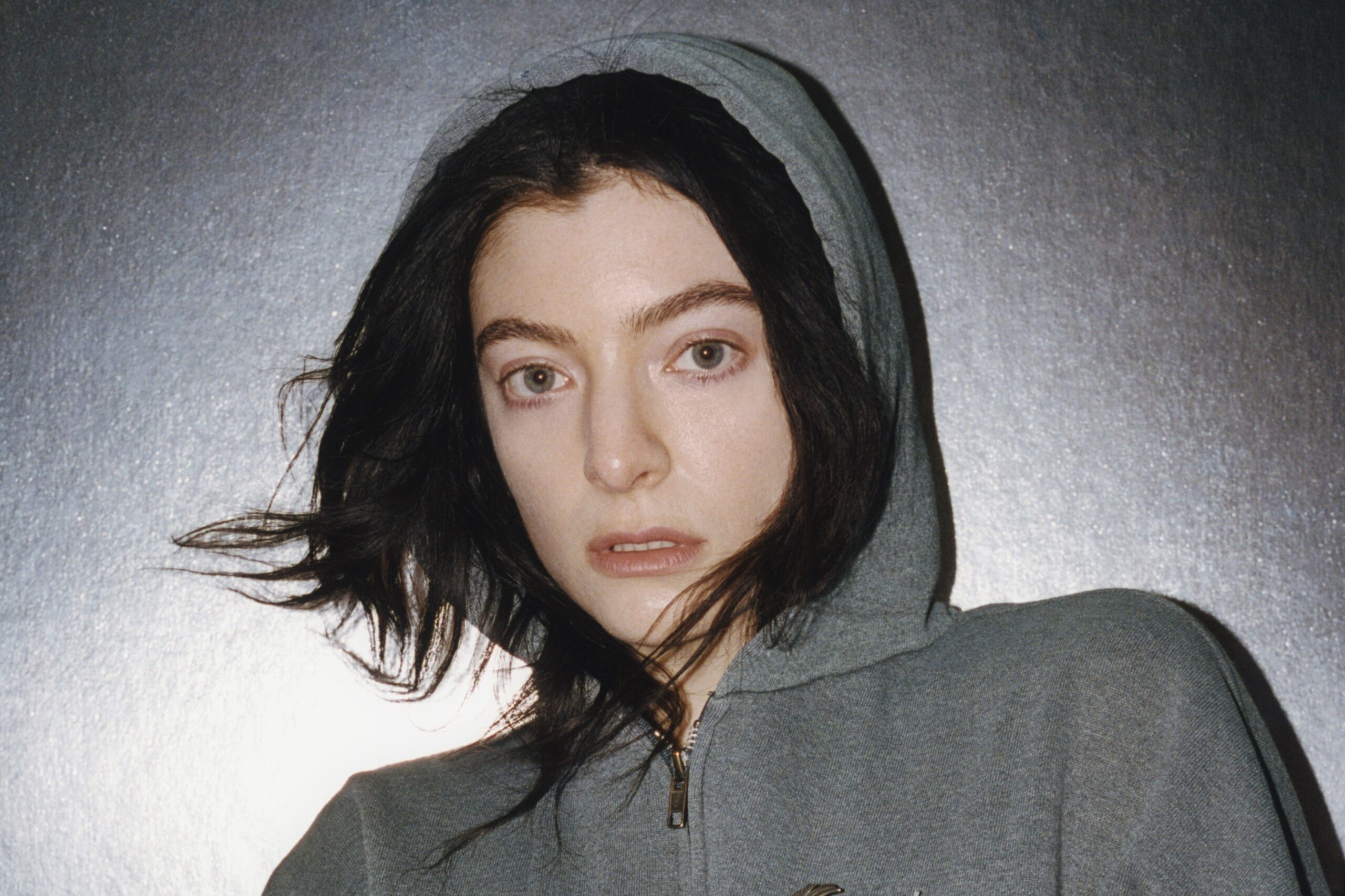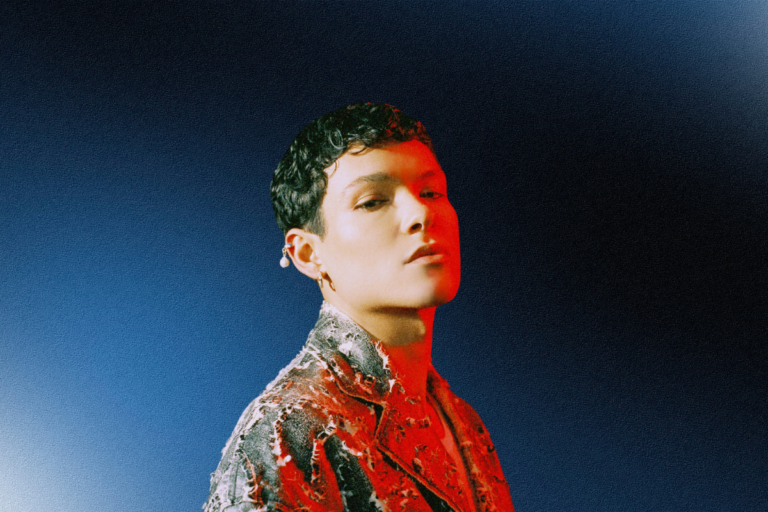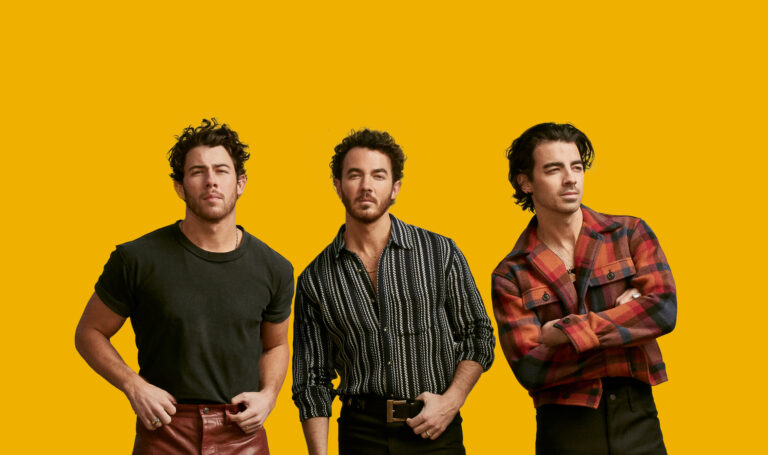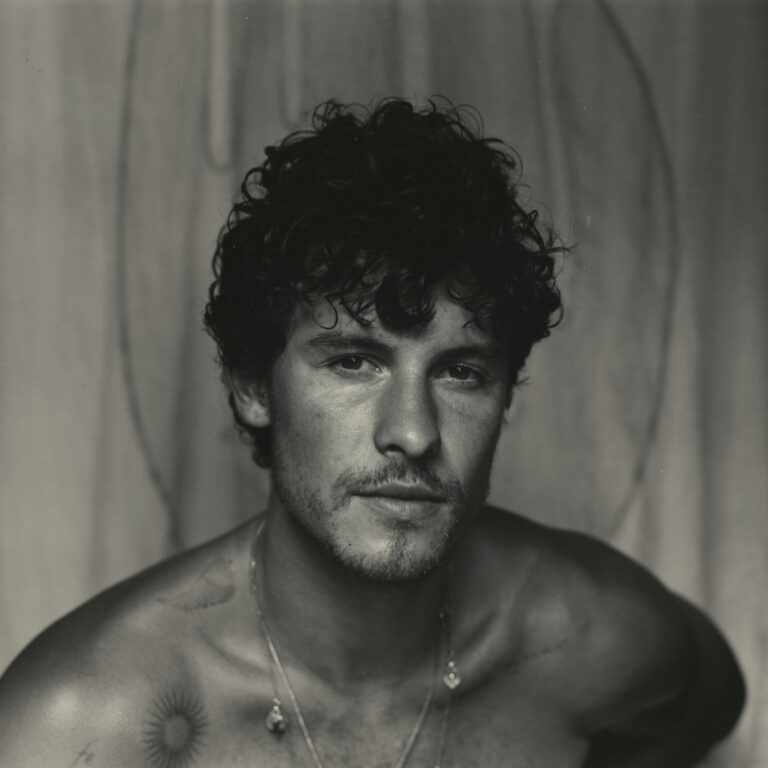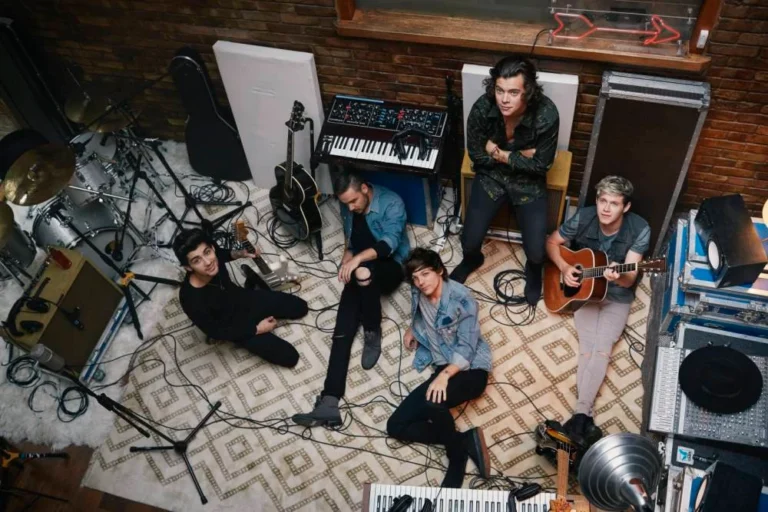Lorde Explores Identity and Self-Reflection on Virgin
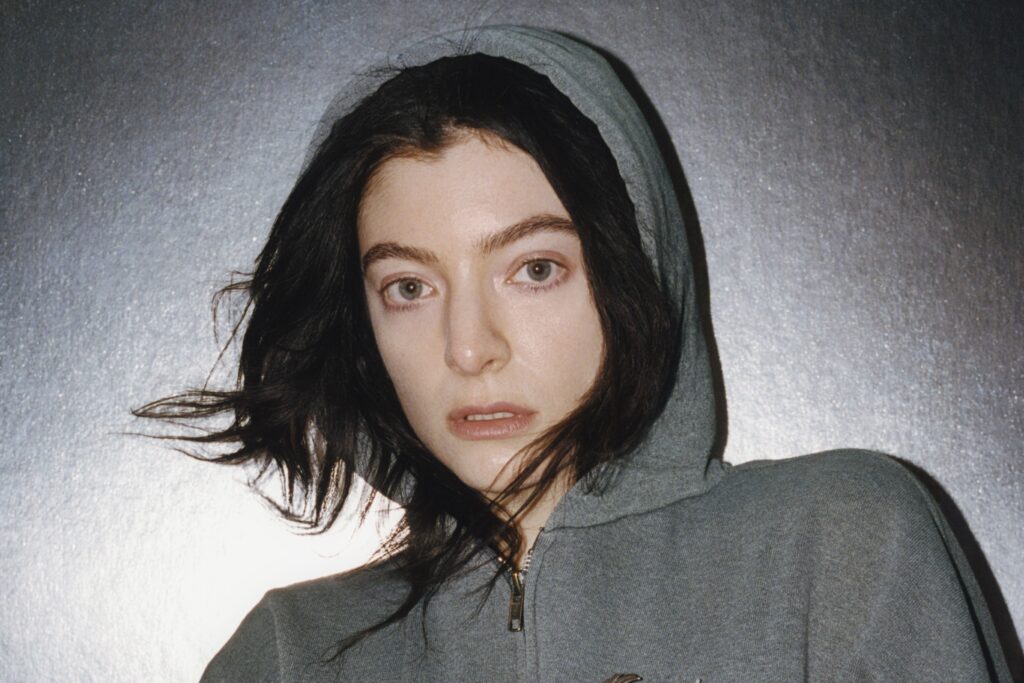
After a highly anticipated and somewhat controversial album rollout, Lorde’s fourth studio album, Virgin, is with us.
In the past, Lorde has been almost cryptic with album rollouts, heavily relying on her mailing lists to clue fans into hints about themes and updates on singles. (Who else remembers when she said her new album was inspired by a trip to Antarctica and then released an album about hating the cold and thriving in the summer?)
But after being catapulted into the spotlight last summer by being part of the it girl Charli XCX brat pack, there was no hiding away as fans were hungry for a new release. The first single, What Was That? was originally teased on TikTok and then debuted at an impromptu concert in New York’s Washington Square Park. After being shut down by the police due to a massive crowd, Lorde was able to redraw the crowds later in the evening and made an appearance to play the song for an audience for the first time. Following the Washington Square show, Lorde also gathered fans for a listening party in Brooklyn and performed a surprise release day set at Glastonbury.
Throughout all of her albums to date, Lorde’s writing has been indicative of the stage of her life that she is in. Could there be a more perfect album to listen to as a 16-year-old than Pure Heroine? No. Because it was written by a fellow 16-year-old. A peer. This has been a pattern with the singer. Melodrama encapsulates the coming of age of late teens and early 20’s. Solar Power felt like the initial peace of having a fully developed frontal lobe. Her new album has become a beacon for late 20s. Virgin reads as a discovery and reopening of wounds of realizing that maybe you don’t know everything about yourself. The title itself, Virgin, hints at aspects of rebirth, fragility, and honesty.
While the production style is different from previous releases, it doesn’t feel like a departure from the signature rawness of Lorde’s style. The victory in this new release is the honesty. While each track is distinct, there is a cohesive vulnerability that is tied together by the lyrics, themes, production, and vocals. Tracks such as Hammer and Man of the Year discuss the internal monologue and relationship the singer has to her gender identity, rejecting the previous notion of having a binary identity. Others like Shapeshifter and Favourite Daughter outline how she has moulded herself into different identities to serve other people rather than figuring things out for herself.
That being said, many of the tracks leave something to be desired. As an album it works, but of the eleven songs, there are few that have the ability to stand on their own two legs outside of the world created around the album. GRWM was a notable letdown as it feels like the song gets lost within itself. Others like Broken Glass and Current Affairs don’t necessarily stand out amongst the rest.
The song I find to be the strongest is If She Could See Me Now. This song feels like the most reflective of the project. While the other songs almost give you whiplash as it jumps from strong points of identity-based turmoil, this song feels like a moment of slowing down, taking a breath, and appreciating how far you’ve come over the years. The production between Lorde and collaborator Jim-E stack is an emotional master class on dramatic pop perfection.
Although not every track stood out, there is no doubt that this album has been a success. What Was That? And Man of the Year have both already had their viral moments on TikTok and the album is expected to earn Lorde her first number one album later this week. The singer will also be taking the album on the road throughout the US and Europe in the fall, with many of the dates already completely sold out.

